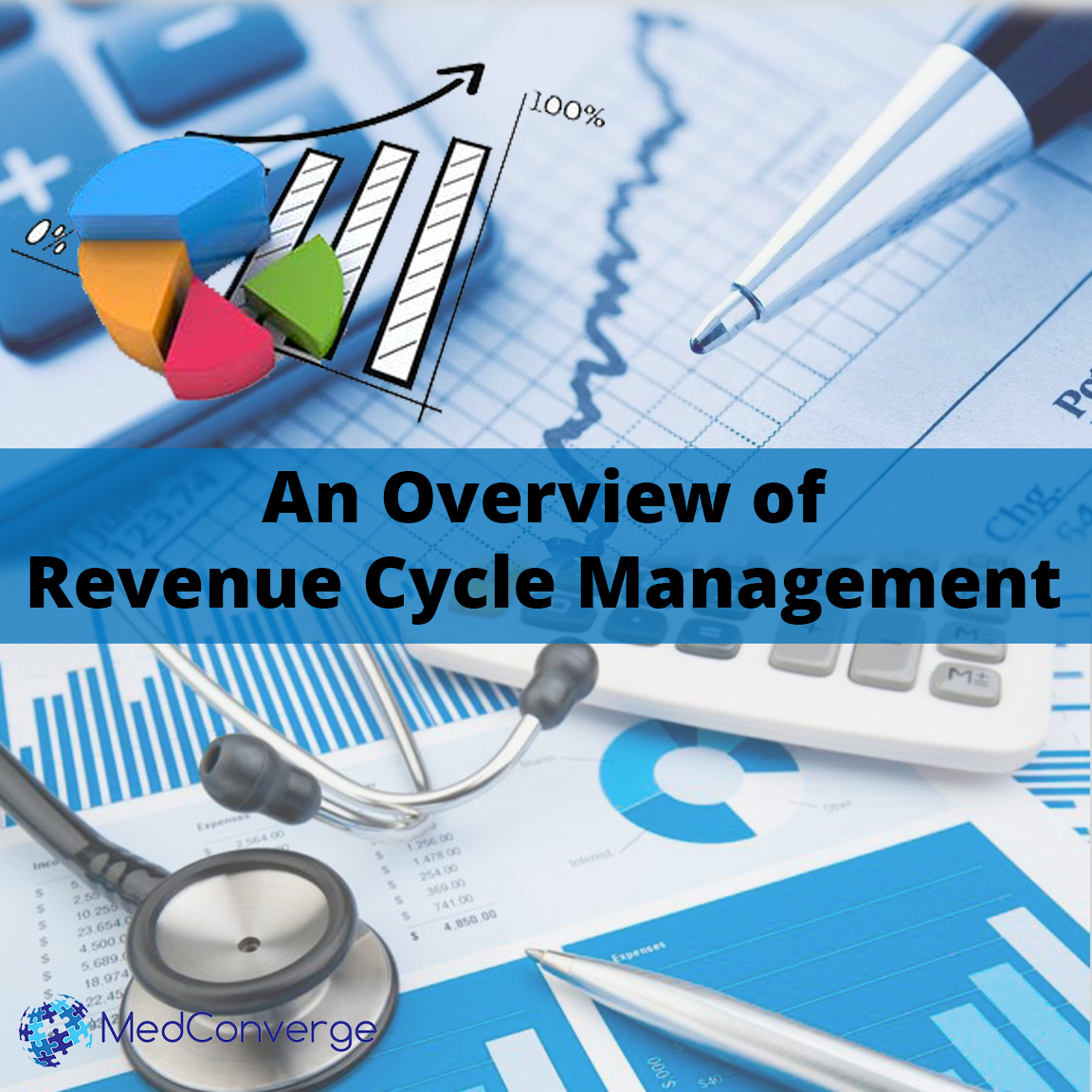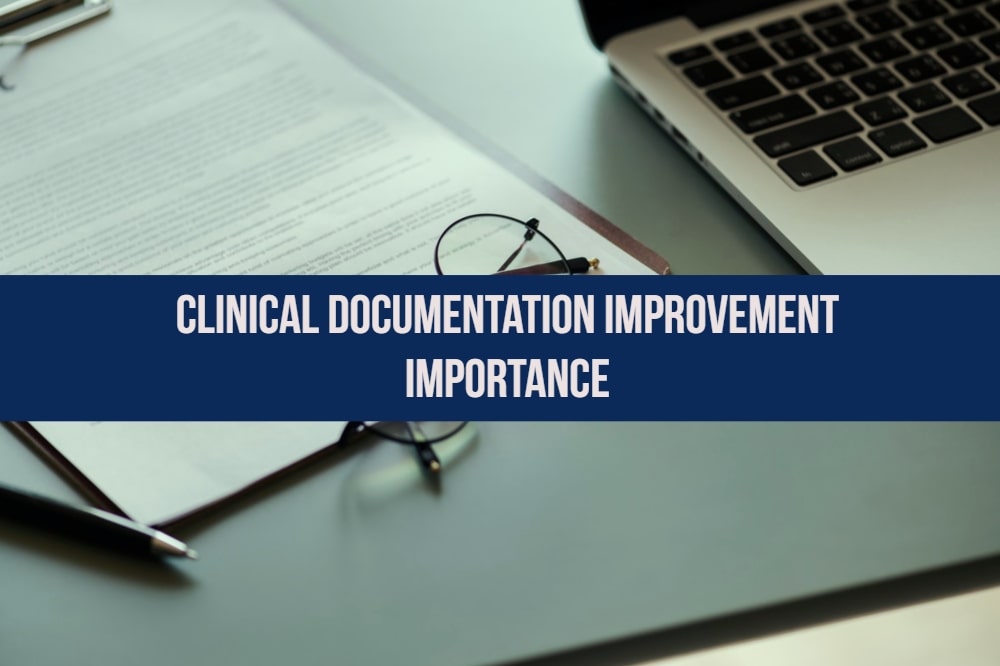Revenue cycle management (RCM) refers to the financial process of keeping track of a patient’s expenses during their stay at the healthcare facility. The health care facility employs the use of advanced billing software to manage the entirety of the billing, right from the registration of a patient to the final payment, in an effective manner. The use of professional billing software reduces any chances of errors, thus allowing the billing staff to calculate the balance payment with a fair degree of accuracy.
What is a revenue cycle?
A revenue cycle effectively amalgamates both billing and the clinical aspects of the medical practice, hence it is important for the billing department to access the patient’s personal information, details of the insurance company, and the ongoing treatment periodically, which helps keep the billing data pertaining to the patient’s health care up to date at all times.
Revenue cycle management involves assessing the billable charges to the medical services rendered, and using this information for claims submission. A billing professional should also be adept at coding the diagnoses and medical procedures in a manner as directed by the insurance companies. Failure to adhere to the specific guidelines will result in the claims being dismissed, and will force the billing staff to resubmit the claim after going through the entire process again.
In some cases, a single insurance might not cover all of a patient’s medical expenses, hence the billing staff might have to deal with multiple insures and even third party insurers in order to fully recover pending payments. In case a part of the bill is not covered by any of the patient’s insurers, it is the billing staff’s responsibility to intimate and recover the balance from the patient themselves.
Risk adjustment coding
Risk adjustment coding and Hierarchical Condition Category was established by Centers for Medicare and Medicaid Services in 1997. This coding payment model assigns a risk factor to the patient based on the severity of illness/ illnesses and the demographic of profile as well.
The Risk adjustment coding is based on the prior medical history of the patient, as recorded by a reliable healthcare professional. The patient’s condition should be recorded at least once a year for it to influence the final bill, as mandated by the CMS.
Why is RCM important?
Over 26% of all claims are rejected by CMS, and over 40% of those rejected claims are never resubmitted. These numbers are shocking and are primarily a result of sloppy work practices adopted by the billing department. Having a good rcm solutions in place that complies with risk adjustment coding will effectively reduce billing errors, thus increasing efficiency of the administrative wing of the healthcare facility.
It is thus important to invest in the right revenue cycle management to ensure that your billing is free of errors. Outsourcing your billing altogether will reduce a great load of burden on the medical facility, allowing the staff to work on productive ventures that assures quality returns.
References
- Margaret Rouse, A. D. (n.d.). What is Revenue Cycle Management and Why Is It Important? Retrieved March 17, 2017, from Chat Maker Medical Suite: http://sticomputer.com/revenue-cycle-management-important/
- Reveneue cycle management (RCM). (n.d.). Retrieved March 17, 2017, from SearchHealthIT: http://searchhealthit.techtarget.com/definition/revenue-cycle-management-RCM
- Risk Adjustment and Hierarchical Condition Category Coding. (n.d.). Retrieved March 17, 2017, from Search Health IT: https://www.securityhealth.org/providers/provider-manual/shared-content/claims-processing-policies-and-procedures/risk-adjustment—hcc-coding



